Building Your Essential Emergency Sewing Kit
In our fast-paced world, being prepared for unexpected situations is key. One often overlooked aspect of preparedness is having a well-equipped emergency sewing kit on hand. Whether you’re at home, at work, or traveling, having the right tools can be a game-changer.
I’ve loved to sew for as long as I can remember. One of my favorite classes in high school was a sewing class I took with some friends. I also learned a lot from my mother who was an excellent seamstress.
When my girls were young, I made many of the items they wore to school, play outfits, and even dresses. They each had a style they liked and were excited when I made something new. I’m concerned that many of today’s moms and daughters don’t know how to sew and have missed the fun and challenges of sewing their clothes.
During an emergency, having the ability and sewing tools to make and repair all sorts of items is very rewarding. Knowing what to buy and put to use is vital in the event of an emergency coming your way.
Let’s talk about building your essential emergency sewing kit. This is my favorite Sewing Box, I have had many over the years. Sewing Kit
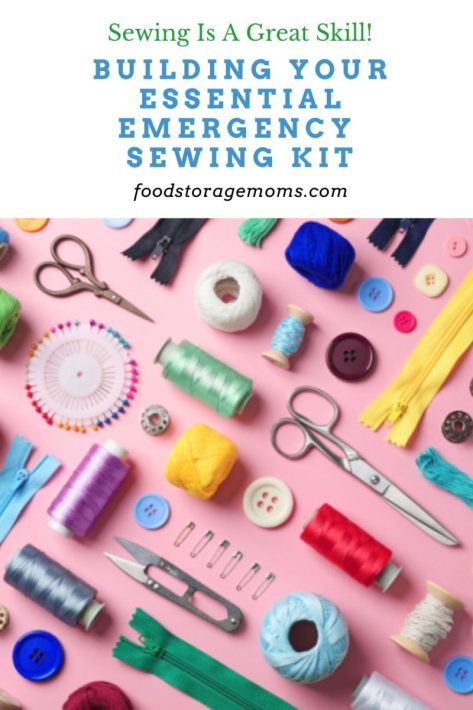
The Foundation: Choosing the Right Container
The first step in creating your emergency sewing kit is selecting a suitable container. Opt for a compact and durable box or pouch that can easily fit into your bag or drawer. Consider transparent options for quick and easy access to your tools when time is of the essence. 100 Items That Will Disappear After An Emergency
A plastic bin for your container should be very cost-effective and will hold all the basic sewing supplies you should need for daily use or in a survival situation.
Essential Tools: Must-Haves for Every Kit
1. Needles of Various Sizes
Ensure your kit contains an assortment of needles, including standard sewing needles, upholstery needles, and, if possible, a curved needle for tricky repairs. Needles are the essence of sewing kit gear needed in a basic sewing kit.
One kind of needle needed is a hand-sewing needle and they come in all sorts of sizes based on how they are going to be used. Mark tells me he still remembers his mom “darning” his socks to make quick repairs of the holes, particularly in the heel when mending them. She’d take a small light bulb and put it inside the sock to help hold the proper shape.
Needles can get dull over time, and having sharp needles makes the sewing task much easier. So plan on replacing some of the most heavily used needles from time to time.
2. High-Quality Thread in Neutral Colors
Stock up on strong, versatile spools of thread in neutral shades like black, white, and beige. This ensures you’re ready to mend items of various colors without the need for an extensive thread collection. You’ll find that sewing threads come in various fabrics and thicknesses. If you have questions about what type of thread is best for particular sewing projects, your local fabric store sales staff should be able to guide you.
3. Scissors and Small Cutting Tools
Include a pair of sharp scissors for cutting fabric, along with small cutting tools like nail clippers or thread snips for precision. Some people like to use sewing shears to cut certain fabrics and for specific sewing applications, but shears can prove to be more expensive.
You should also consider a seam ripper tool. It is handy when you need to cut the thread along a seam or hem without damaging the fabric. It can come in handy if you need to replace broken zippers or fasteners and need to remove the old ones first.
4. Thimble for Finger Protection
A thimble is indispensable for protecting your fingers during extended sewing sessions or when dealing with tough fabrics or multiple layers of fabric.
5. Measuring Tape
A compact measuring tape allows you to take accurate measurements for alterations or repairs. It can take the form of a roll-up tape or a ruler for smaller tasks.
6. Safety Pins and Straight Pins
These are versatile tools for quick fixes and temporary adjustments. Safety pins are particularly handy for securing items on the go until you can make a permanent sewing or mending repair.
Fabric and Notions: Covering All Bases with Basic Items
7. Assorted Buttons
Include an assortment of buttons in different sizes and styles to match a variety of garments.
8. Patches and Fabric Scraps
Small pieces of fabric or pre-cut patches can be invaluable for patching up holes and tears.
9. Elastic Bands
Elastic bands are useful for quick fixes on waistbands, sleeves, or any other areas requiring stretch.
10. Velcro Strips
For temporary closures or quick adjustments, Velcro strips are a convenient addition to your emergency kit. So many closures are made with Velcro these days, and it usually doesn’t take too many stitches to sew them in place.
Repair Essentials: Tackling Common Issues
11. Sewing Machine Needles (if applicable)
If you’re proficient with a sewing machine, having a few extra needles suitable for your machine can be a game-changer. The thick fabrics like canvas in a tent can require thicker needles. Again, get the needles you’ll most likely use and have enough for backup in case you break some during your project.
12. Fabric Glue
A reliable fabric glue can be a quick and efficient solution for minor tears or fabric bonding.
13. Fray Check or Seam Sealant
Prevent fraying by including a bottle of fray check or a seam sealant as additional items in your kit.
14. Iron-On Patches
For a fast and easy fix, iron-on patches can be a lifesaver, especially when dealing with denim or heavier fabrics.
Special Considerations: Tailoring to Your Needs
15. Threader and Needle Threader
These tools can be indispensable, especially if your eyesight is not as sharp as it once was. The eye of the needle can be pretty small and hard to negotiate. A needle threader can make the chore of threading the needle a simple one.
16. Magnifying Glass with Light
For intricate repairs, a magnifying glass with an attached light source can be incredibly helpful.
17. Disposable Gloves
Protect your hands when dealing with fabrics that may cause irritation or allergies.
More Tips
- Basic Sewing Machine Supplies For Beginners
- 100 Non-Food Survival Items To Store Now
- Cheese Choices for Emergency Prepping
Final Word – Ready for Any Stitching Challenge
Keep your kit updated, replenish supplies as needed, and you’ll be ready to tackle any sewing emergency that comes your way with confidence and ease. Remember, a little preparation goes a long way in ensuring you’re always well-dressed and put-together, whether it’s a disaster situation or just torn fabric on the playground. May God Bless this World, Linda
Copyright Images: AdobeStock_445010364 Different sewing supplies and fabric on wooden table By New Africa, Composition Of Threads And Supplies AdobeStock_206059122 By New Africa

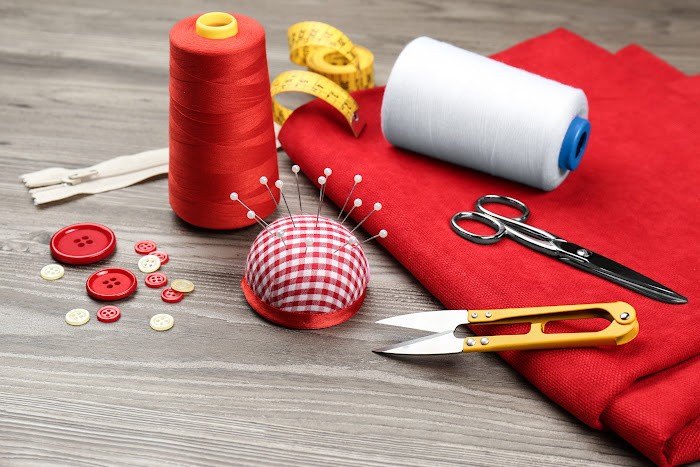



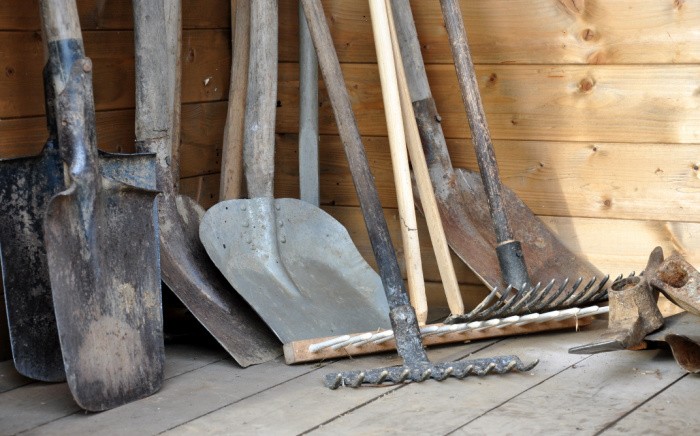

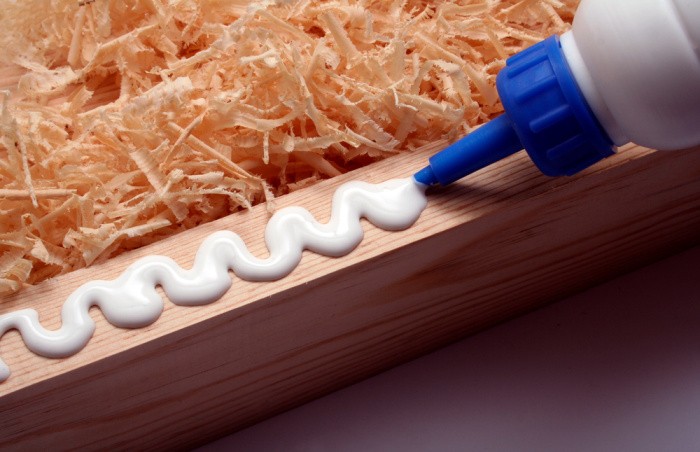
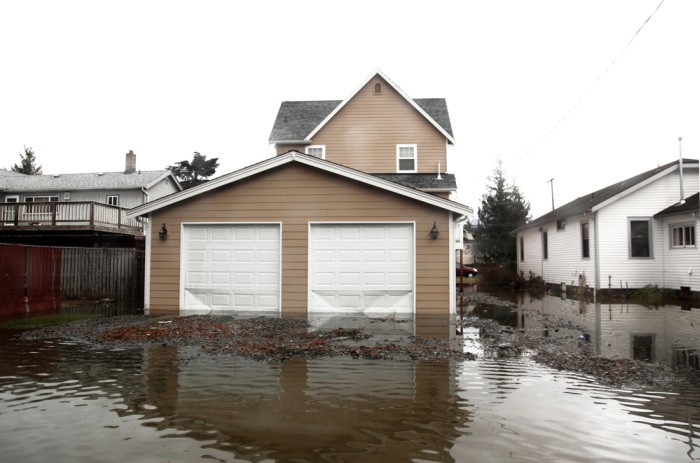

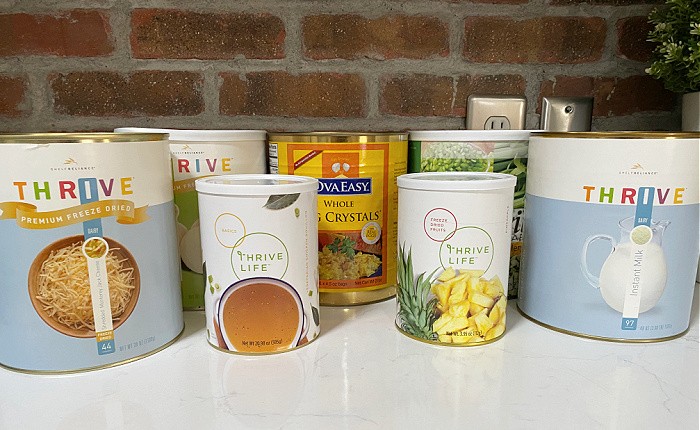

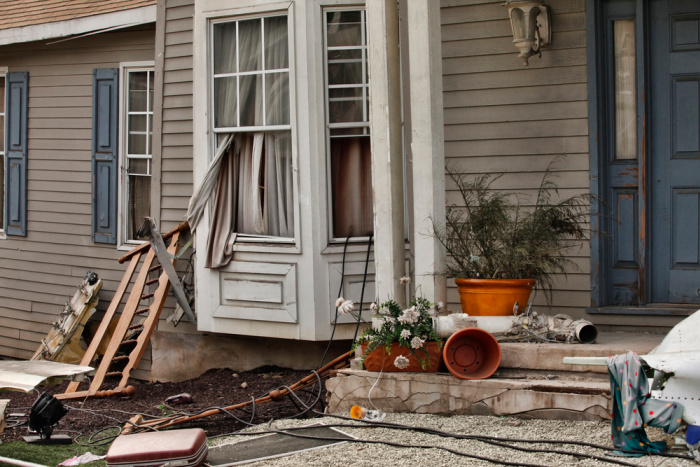
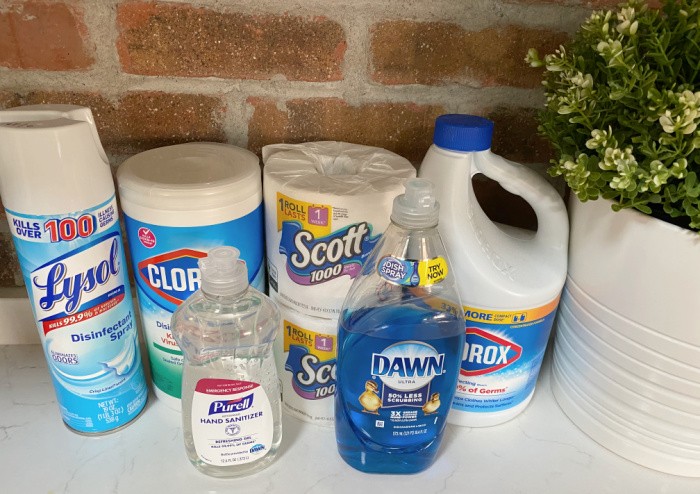
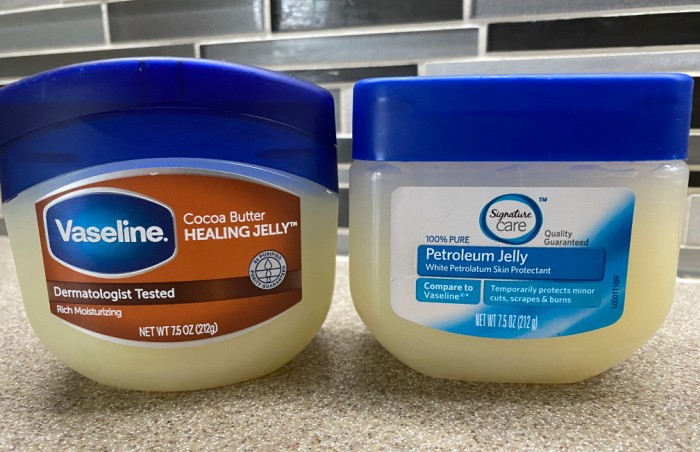


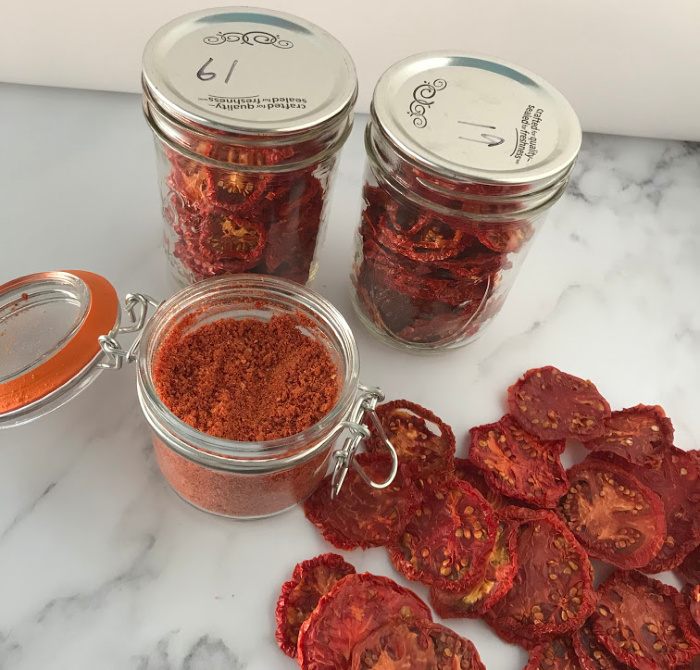
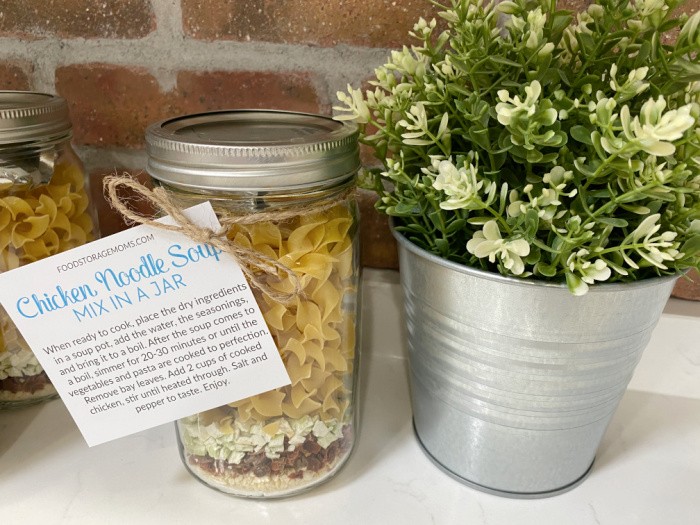
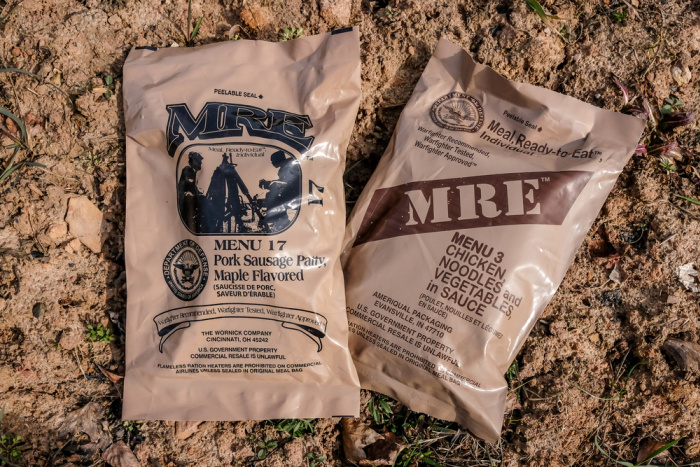


My “emergency” sewing kit is the fishing kit in my pack. I mash the barb on the hook down, use the line and sew it up long enough to get myself home.
Hi Matt, oh Matt, you always teach me something new every time! I love this! Good one! Linda
I’ve used yucca before as well. It’s not as stiff as fishing line. Plenty of it in western Oklahoma
The point can be used as the needle with the thread attached of it peels out correctly. Sometimes it works and sometimes it don’t. But the line always is strong and good with a hook
I am pretty sure I have ALL that I need and more in my sewing room! I also have an antique Singer treadle sewing machine that works like it is new! And, the best news about the treadle sewing machine is that it was given to me by someone who doesn’t know the right end of a needle to thread one!! LOL!
Is there a brand of thread that you would recommend? I bought my mom a kit but the thread isn’t great. I would like to find better thread for her and myself. Thanks!
Hi Christina, I buy Aurifil, it’s available in high quality fabric stores and I just looked and its sold on Amazon. Old thread will shred so every few years you need to replace it sometimes depending on the quality. Linda
I made a little travel sewing kit that I bring along when I leave home as part of my EDC. At home between the cloth, patterns
and other stuff I have on hand I could probably keep myself and others in clothes for a long time. I do need to get a few more replacement belts for my cabinet treadle machine and maybe pick up a crank handle for it. A long time ago I saw someone had added a crank handle to an old electric machine but haven’t seen anything like it recently. Pretty sure somebody could MacGyver up something if they had to.
Great idea on the crank handle. Thanks for mentioning it. Will keep that in mind and see if I can fabricate one for one of our electric machines. We bone-headedly sold our treadle machine about eighteen years ago. It was needing a lot of extensive maintenance. Now we wish we had done the maintenance. Hindsight is always 20-20.
HI Alice great tip for the EDC bag, or car. I think that’s a great idea about the belts for the treadle machine, love it! Linda
Linda,
Once again, on the fabric glue, this is another thing that Gorilla Glue folks make. It is an excellent product like their others.
I am old enough to remember back to 8th grade home economics, when we learned tailor tacks, and my project for the year was a granny dress!!! My cousin still does hand smocking. My most recent project was turning a beautiful sweater with damaged sleeves into a cosy throw pillow.
Hi Chris, sewing is what of my favorite skills! I bet that granny dress was beautiful! Hand smocking is so beautiful on the front of dresses! I love the sweater you turned into a cozy pillow, I love this! Linda
We used to have an antique Singer pedal type sewing machine but it got stolen from our mountain cabin. Jane used to make all her own clothes so she has everything for sewing. I can barely sew on a missing button, so I leave all those preps up to her.
HI Ray, oh my gosh, that Singer pedal sewing machine was a treasure!! Thank goodness she has the sewing supplies! Linda
The only thing lower than my ability to sew is my desire to learn. LOL! I can mend things and do hand stitching but using a pattern and actually making something is not one of my skills or interests. However, I have learned a lot about emergency repairs during my camping and backpacking adventures. A very strong and long lasting “thread” to do repairs is dental floss. When I was in high school, I was backpacking and using my older brother’s old backpack. The shoulder strap ripped off when I was out with my scout troop and while we all had tiny sewing kits, it would have taken all of the thread to make the repair and I wasn’t sure it would last all week. The leader had talked about cutting our trip 4 or 5 days short if the repairs didn’t hold. Someone had the brilliant idea to use dental floss. Held like a dream; not only rest of that week, but rest of my time in high school and college. I later used dental floss to make repairs on baby strollers and all sorts of things that might have been thrown away otherwise. I bought a sewing kit for my emergency kit, a nice zipped one…. and added a container of dental floss.
HI Topaz, oh my gosh, I LOVE LOVE LOVE your comment! The dental floss, why didn’t I think of that!!!! AND the backpack story lived on through high school and college. This is the best story ever, we all need dental floss in our sewing kits now, like Topaz! Love it! Linda
I also have dental floss in my sewing supplies. It is so strong. Glad you mentioned the curved needle because they do come in handy. I always use at Thanksgiving to make sure that delicious stuffing stays inside the turkey. I recently saw a package of several sizes of curved needles and want to get a pack of them if I can remember where I saw it. Safety pins were an essential when I was growing up, so I have kept them in different sizes tucked away in purse, car, and luggage. But I could never learn how to use a thimble even though I have several.
Hi Carol in AZ, oh having dental floss is a great idea. The curved needles are the best. Those thimbles, here’s the deal my mom used one, my grandmother used one and my great grandmother did as well. Me, nope! I remember those beautiful silver thimbles, I even tried some silicone ones, I would need to hand sew more, I guess. I even tried all different sizes. You are not alone! Love this, Linda